| |
Family (Alpha): | |
| View | Acrididae Members:
| NC Records |
|---|
Melanoplus hubbelli Hebard, 1935 - Hubbell's Green-legged Melanoplus |
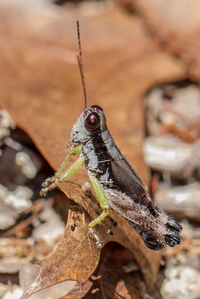 | 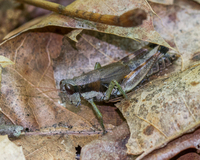
Female |
|
|
|
|
|
Image Gallery for Melanoplus hubbelli - Hubbell's Green-legged Melanoplus
|
 | Recorded by: Stephen Hall
Randolph Co.
Comment: |  | Recorded by: Stephen Hall
Randolph Co.
Comment: |
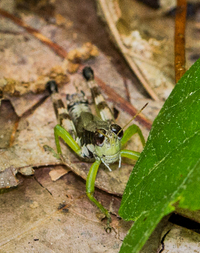 | Recorded by: Stephen Hall
Randolph Co.
Comment: |  | Recorded by: Stephen Hall
Montgomery Co.
Comment: Male |
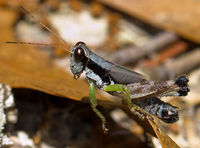 | Recorded by: Stephen Hall
Montgomery Co.
Comment: | 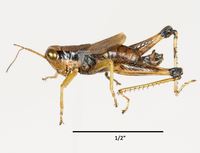 | Recorded by: Stephen Hall
Montgomery Co.
Comment: |
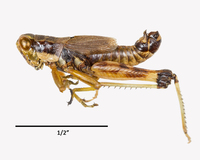 | Recorded by: B.B. Fulton
McDowell Co.
Comment: NCSU Insect Museum Specimen |
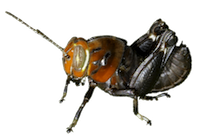
 »
»
 »
»